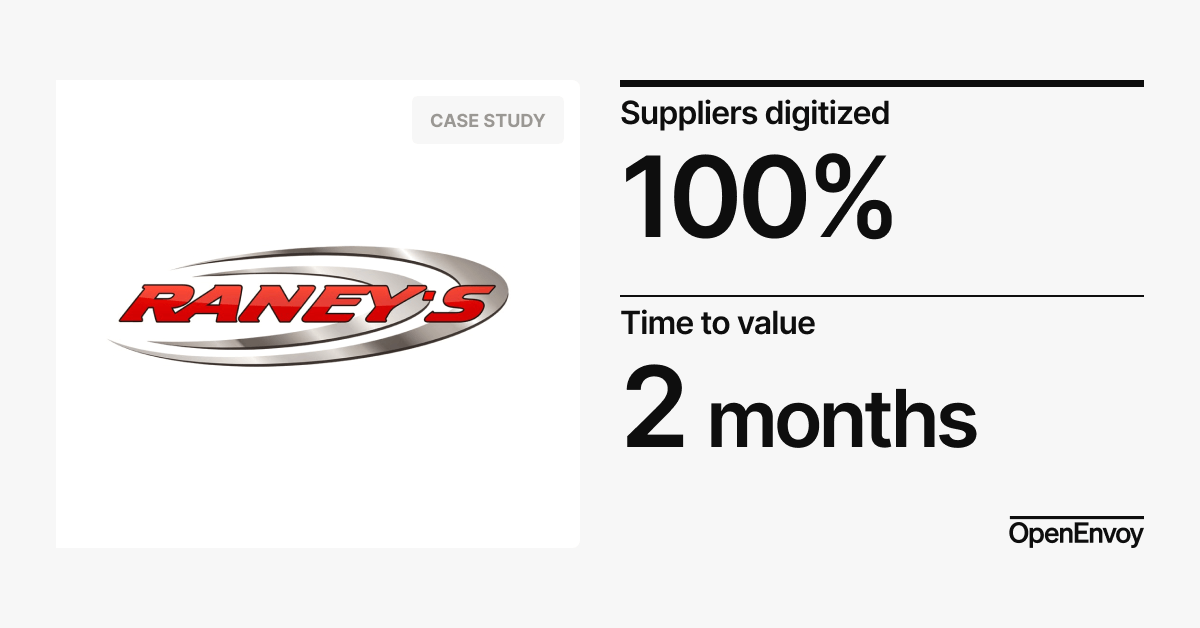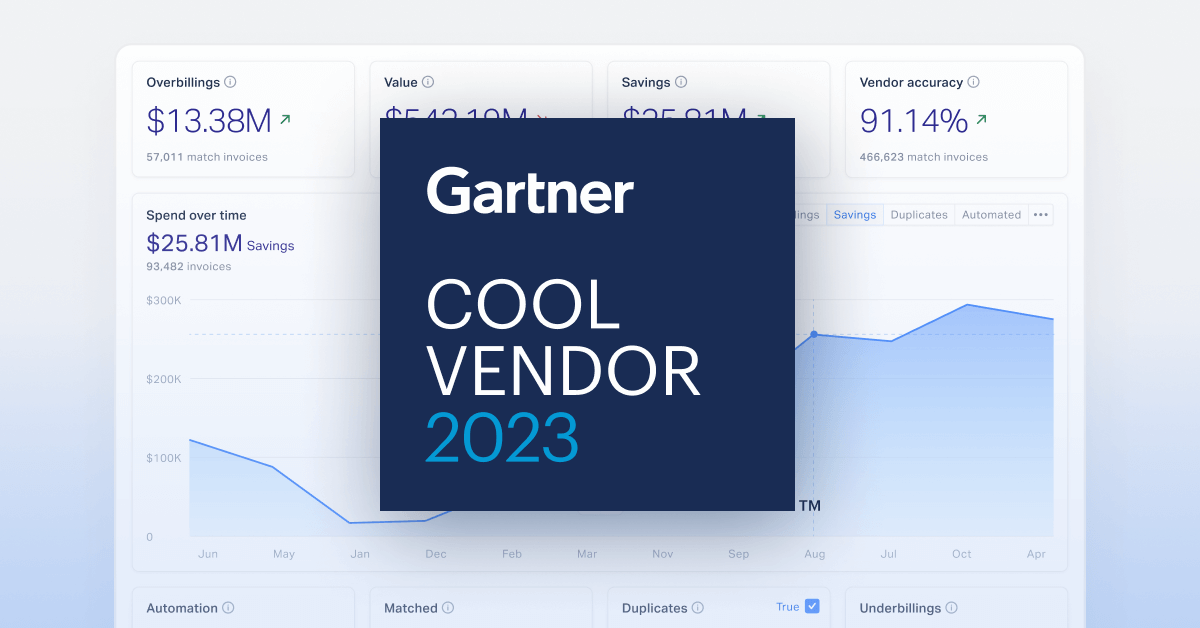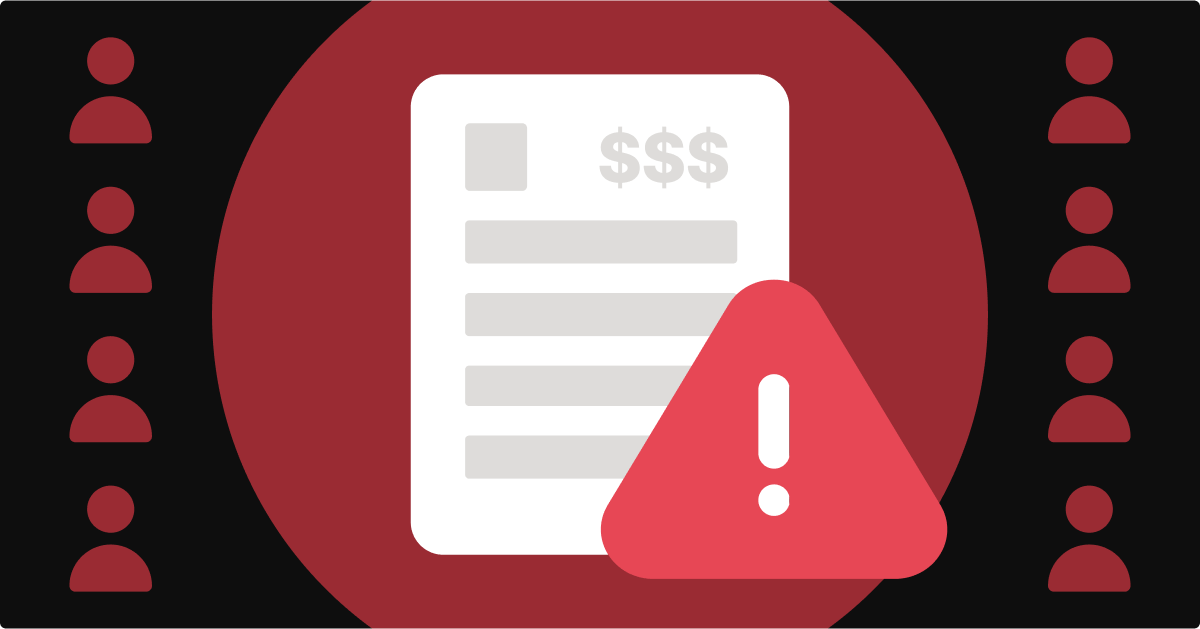The role of the CFO in a post-pandemic world has become more critical than ever. Today’s CFOs are tasked with leading the way for new operational efficiencies as well as adapting to sudden differences in how and where employees work. When looking to enact meaningful change, CFOs generally lag behind their IT counterparts when it comes to harnessing automation software – sometimes by decades. This can be remedied by taking time to understand the potential of new technology and how it can simultaneously generate cash flow, resolve organizational challenges, and streamline efficiencies.
The evolution of finance automation can be easily broken into three stages: electronic reporting (Finance 1.0), basic automation (Finance 2.0), and full automation (Future Finance). Finance 1.0 harkens back to the days of mainframe computers, where data was moved from paper into databases and invoices were queued up for batch processing. Sometimes these invoices were processed as batch jobs, locking out new transactions and requiring manual queue management to make sense of the mainframe queuing mechanisms. This became a multibillion-dollar industry. Many finance teams are still using these systems while spending their days in front of a green screen.
Finance 2.0 introduced third-party solutions to automate the transfer of the invoicing data from databases into workflows. These processes emerged around the time straight-through processing (STP) and BI tools became more commonplace, and were the start of basic automation solutions such as 3-way matching via robotic process automation (RPA). Most of today’s modern processes happen in the cloud using a mixture of tier one (rules engines) and lightweight machine learning such as optical character recognition (OCR). This method still requires manual data entry into the general ledger and/or the creation of OCR templates, as well as ongoing model retraining for OCR tools. However, it also creates a new QA challenge to ensure the data is 100% accurate after OCR does most of the heavy lifting. Therefore, Finance 2.0 still requires human intervention and the need for human capital.
Many organizations are still functioning within this realm, as their CFOs have yet to harness the potential of stage 3 (Future Finance) as a tool for growth and scale. As an example, AP audits in the Future of Finance achieve the previously impossible by completely – and permanently – removing the distinction between pre- and post-audits while also eliminating any manual human intervention. This level of automation takes lessons learned from legacy frameworks like RPA, and builds toward a future where humans take a backseat to technology. In short, Future Finance will allow AP automation software to learn processes and replace error-prone humans, and make real-time decisions autonomously.
For CFOs, this level of automation opens the door to solving real organizational challenges like retaining a smaller but more strategic workforce, creating operational efficiencies that save money and drive competitiveness, and scaling the business exponentially without a similar increase in costs and employees.. It also allows CFOs to reach their own potential as leaders; they can become trailblazers in automation efforts, purveyors of new technology, and partners for meaningful change in their organization.
CFOs are fortunate to have an increased ability to leverage this type of technology and to move their organizations beyond basic finance and cash flow goals. Full automation gives CFOs the power to prevent all of the wasted spend that occurs in approximately 30% of invoices, while introducing best practices that may be missing from their organizations. And they do not need to understand the technology itself – they only need to create the vision for its use.
OpenEnvoy is a pioneer in Future Finance and is the only invoice auditing software that instantly increases cash flow. The platform requires no setup from the finance team, no OCR templates, and no vendor onboarding. Instead, our customers simply upload their information or allow their ERP systems to do it for them, and then they go about their normal jobs while the software does the rest. OpenEnvoy was designed to sync with the customer’s payment systems and ERPs, which also creates a seamless workflow that is truthful and accurate.
The average $5 billion company has 50 finance employees, and just 10% of those are dedicated to accounts payable (in this example, there are only five people to reconcile all company receipts). Imagine the possibilities for a CFO who moves the business beyond basic automation, and into a vision that modernizes and improves the company’s infrastructure. It’s a whole new way to approach the role, and a much more impactful way to lead.






